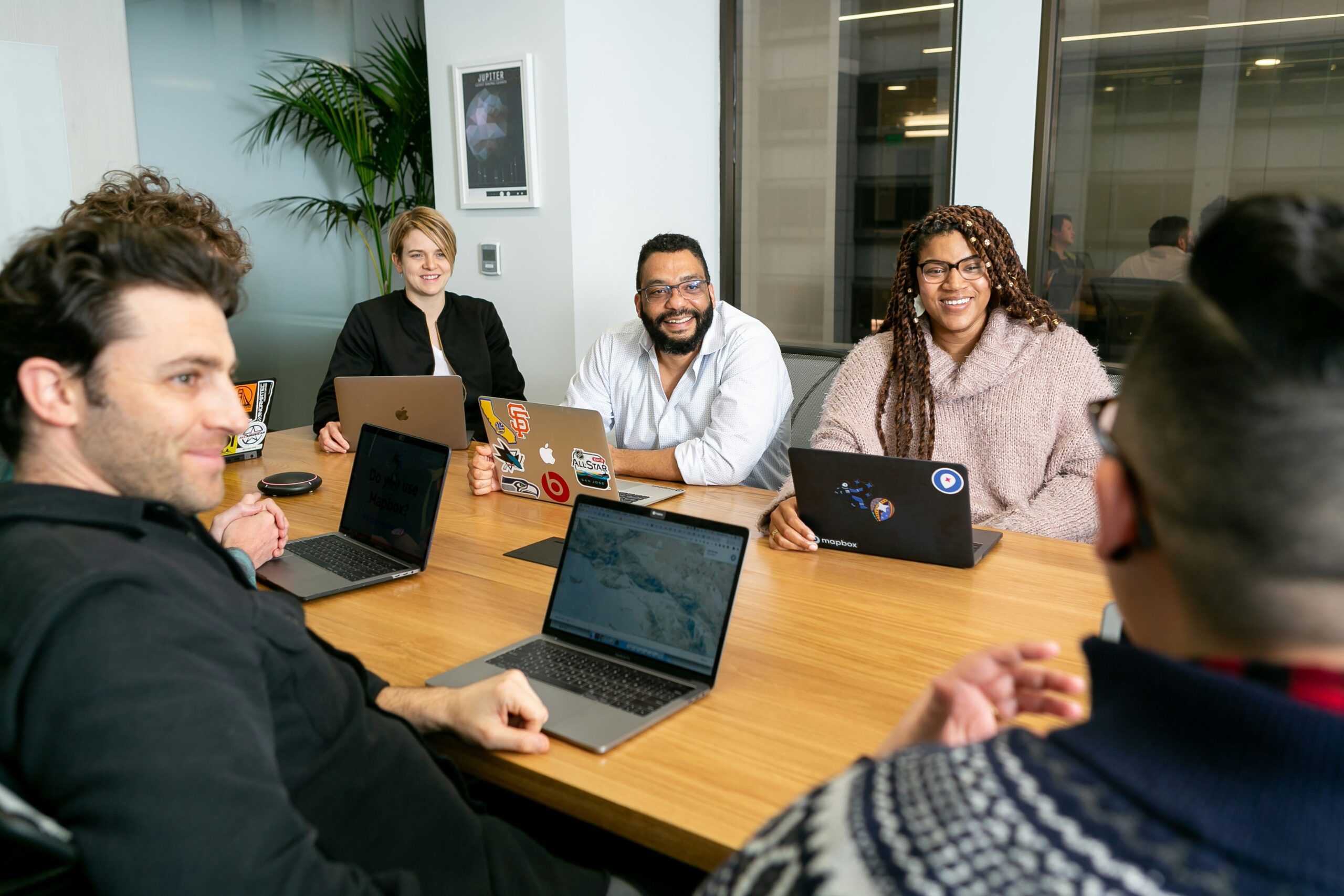Are you being asked to ‘think strategically’?
I hear from many clients who are working on more capability around strategic thinking. This might come from feedback from their bosses or simply because they realize that the challenges they’re facing today in their work are more long-term and existential than those they’ve faced in the past. Oftentimes, we hear from our leaders, ‘the only thing keeping you from the next level is your ability to think strategically.’
I can imagine that’s a scary thing to hear for some people. Mostly because it’s so ill-defined. Plus some people are naturals at visionary, long-term thinking and others are better able to focus on what’s solving what’s right in front of them. Both types of thinking are important in an organization, and neither are good or bad. In fact, both types of thinking are important for an organization to meet its goals.
So, what the heck does it mean to think ‘strategically’ or to apply ‘strategic thinking’ to a project?
Here’s a simple comparison:

There’s also a distinction between strategy and planning. Strategy can be thought of as a cohesive theory of what’s going to happen in the future and how our organization will optimize under those circumstances. Consider strategic thinking as forming a ‘theory for how to succeed in the future’.
Planning is the act of making decisions to allocate resources based on that strategy. Here’s a short but great video from a professor at the University of Toronto on the difference between strategy and planning: A Plan is not a strategy- Professor Roger Martin
The key question is, how do you develop the muscle for better strategic thinking? As mentioned, some people think this way naturally- they’re always seeing well down the road and what’s possible or likely. They are less likely to be able to focus on what’s right in front of them.
An effective way, I’ve found, to strengthen your strategic thinking skills is to let go of the idea of needing to think strategically and instead, change the questions you’re asking. Strategic thinkers ask ‘BIG’ questions. They turn their focus outward and ask what’s changing and how the world’s likely to look a year, five years down the road. They ask themselves how the needs of the population will change based on cultural trends, technology, attitudes. And they ask what problems down the road this organization is distinctly capable of solving.
Some questions you can ask yourself and your team to get started:
1. What does my best customer look like today? What’s changing for this customer in their lives, their work, the way they live and make choices?
2. What external forces are in place which will change how my customer responds in the future (think culture, technology, economic trends)?
3. What questions will need to be answered and what problems will need to be solved in the future?
4. How are other industries flexing to optimize for changes in the environment?
5. How might our mission be translated for a customer five years down the road?
6. What would be the biggest change we can imagine in our world?
This requires some exploration, some reading or listening to experts who have a view of the future. Probably more important, it means (at least temporarily) releasing those limits we set on ourselves- have you ever heard a colleague, or maybe yourself, say in a meeting, ‘Oh, we can’t do that, it means changing how we do things.’?
Yes, that’s the point. Thinking strategically is a process for changing how we look at things to thrive in the world of the future- how can we change faster than the world is changing?. So ask yourself questions about what’s going to be different in that brave new world and how you can change to succeed in that place.
Adopting a mindset of ‘the big bodacious possibility’ can be really helpful here. If we look at things as we always have, we will only create marginal change. If, instead, we change the aperture of our lens to consider what big problems that need to be solved, we will come to a much bigger, more disruptive place. And that place is more likely to be strategic and inspiring and energizing.
Thanks for reading. If you’d like to talk about how to adopt a more strategic approach in your organization or in helping people navigate through change, please reach out: Andy Scantland









